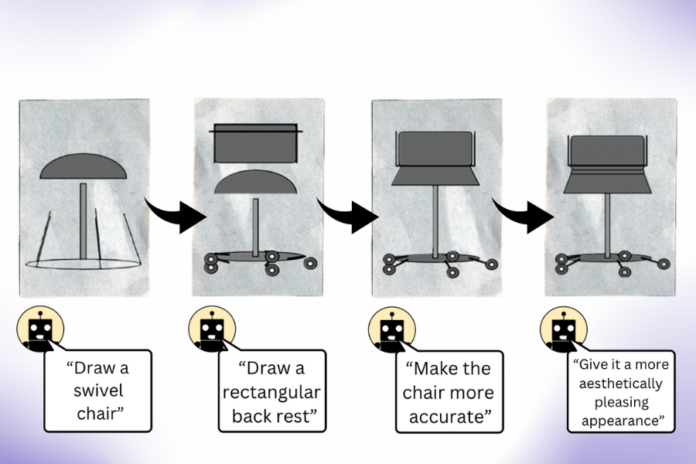In Short:
Researchers are using AI to streamline drug discovery by deploying machine-learning models to identify molecules for new medicines. MIT developed an algorithm called SPARROW to help select optimal molecules, considering cost and value to make efficient decisions. Pharmaceutical companies use batch synthesis to test multiple molecules at once, but estimating cost and value is challenging. SPARROW tackles this challenge effectively, providing a versatile and automated tool for drug discovery teams.
The use of AI to streamline drug discovery is growing rapidly. Researchers are utilizing machine-learning models to identify molecules, from billions of options, that may have the desired properties for developing new medicines.
However, the process involves numerous variables to consider, ranging from material costs to potential risks, making it challenging for scientists to weigh the expenses of synthesizing the best candidates even when using AI.
To address these challenges and help scientists make cost-aware decisions, MIT researchers have developed an algorithmic framework known as SPARROW. This framework automatically identifies optimal molecular candidates that minimize synthetic costs while maximizing the likelihood of having the desired properties. It also outlines the materials and experimental steps required for synthesizing these molecules.
SPARROW Framework Overview
SPARROW considers the costs of synthesizing a batch of molecules together, taking into account that multiple candidates can stem from the same chemical compounds. This approach enhances cost-efficiency and aids in the discovery of new drugs, agrichemicals, and materials for organic electronics.
Key Features of SPARROW
Connor Coley, the Class of 1957 Career Development Assistant Professor at MIT, emphasizes that SPARROW optimizes the selection of compounds, integrating predictive tools to guide decision-making effectively.
Complex Cost Considerations
SPARROW navigates the challenge of balancing synthetic costs and experiment values by analyzing shared intermediary compounds and considering various factors such as the costs of starting materials, the number of reactions involved, and the success rate of reactions involved.
A Versatile Framework
One unique aspect of SPARROW is its ability to incorporate various sources of molecular structures, whether hand-designed, virtual, or generated by AI models. This inclusive approach allows for a comprehensive evaluation of potential candidates.
Case Studies and Validation
Through case studies, the researchers demonstrated SPARROW‘s effectiveness in identifying cost-efficient synthesis plans and scalability in handling numerous potential candidates. The framework’s ability to capture marginal costs and common experimental steps validated its utility.
Future Developments
Researchers plan to enhance SPARROW by incorporating more complexity, such as variable compound testing values and parallel chemistry elements, to further optimize its cost-versus-value function.
Industry Feedback
Industry experts, including Patrick Riley and John Chodera, acknowledge the significance of SPARROW in guiding compound downselection and facilitating efficient decision-making in drug discovery.
Conclusion
The research, supported by DARPA, the Office of Naval Research, and the National Science Foundation, highlights the potential of SPARROW in advancing the efficiency and automation of drug discovery processes.





